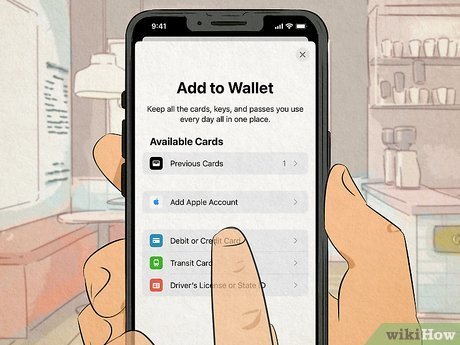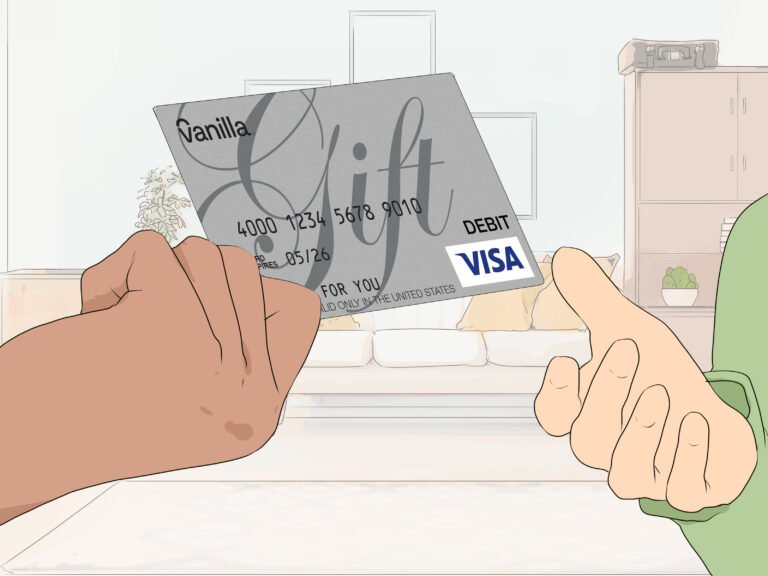Can You Balance Transfer Someone Else's Credit Card
You might think about transferring someone else's credit card debt to your account, but can you really do that? Most credit card issuers have strict policies against it, primarily to prevent fraud. If you're keen to help someone out, you might want to explore alternatives that could be more effective and less risky. However, understanding the nuances of balance transfers and their implications on your financial standing is essential. What are the options available, and how do they affect your credit score? The answer may surprise you.
Understanding Balance Transfers
A balance transfer lets you move existing credit card debt to a new card, often with lower interest rates, helping you save money and pay off your balance faster. This process can greatly reduce your monthly payments and interest charges, making it easier to manage your finances. When considering a balance transfer, evaluate the fees associated with the new card, as some may charge an upfront transfer fee. It's also important to review the promotional period; once it ends, the interest rate may increase. Always make sure you're making payments on time to avoid penalties. By strategically using balance transfers, you can regain control over your debt and work towards a more secure financial future.
Eligibility Criteria for Transfers
When considering a balance transfer, you'll need to meet specific eligibility criteria set by the new credit card issuer. First, your credit score typically needs to be within a certain range; a higher score can improve your chances of approval. Next, the issuer may require that you have a stable income to guarantee you can manage the new balance. Additionally, some issuers restrict transfers from certain cards, so you'll need to verify if your current card qualifies. Be mindful of your existing debt-to-income ratio, as this can influence your eligibility. Finally, check if there are any transfer limits or fees, as these might impact your decision. Meeting these criteria can enhance your chances of a successful balance transfer.
Can You Transfer Another's Debt?
Transferring someone else's debt onto your credit card isn't typically allowed by most issuers, as they usually require the account holder to be the same person responsible for the debt. This policy is in place to prevent fraud and guarantee that only individuals who have a direct financial obligation can manage the debt. If you're looking to help someone by paying off their debt, consider other options like personal loans or co-signing. These alternatives might allow you to assist without risking your credit score or violating issuer policies. Always review the terms and any potential impacts on your credit before making decisions related to debt transfers or assistance. Prioritizing safety in your financial dealings is essential.
Types of Balance Transfer Cards
Understanding the different types of balance transfer cards can help you choose the right option to manage your debt more effectively. Here are three common types you might consider:
- 0% Introductory APR Cards: These cards offer a promotional period with no interest, allowing you to pay off your balance faster.
- Low-Interest Balance Transfer Cards: These provide a lower ongoing interest rate after the introductory period, making them a solid choice if you need more time.
Potential Fees and Costs
Often overlooked, the potential fees and costs associated with balance transfers can greatly impact your overall savings and repayment strategy. Many balance transfer cards charge an upfront fee, usually ranging from 3% to 5% of the transferred amount. This fee can quickly eat into any savings you'd hoped to achieve. Additionally, be aware of promotional interest rates that may revert to a higher standard rate after a set period. Missing a payment could also lead to late fees and could negate your initial savings. It's essential to read the fine print and calculate whether the transfer will genuinely help you in the long run. By doing this, you can make a more informed decision about whether the transfer is worth it.
Impact on Your Credit Score
When you initiate a balance transfer, it's important to evaluate how it can affect your credit score in both the short and long term. Here are a few key considerations:
- Credit Utilization: Transferring a balance can lower your utilization ratio, positively impacting your score.
- New Credit Inquiry: Opening a new account may involve a hard inquiry, which can temporarily decrease your score.
Understanding these factors can help you navigate the balance transfer process more safely. By being aware of the potential impacts, you can make informed decisions that protect your credit health in the long run.
Legal Considerations to Know
It is vital to be aware of the legal implications surrounding balance transfers, as they can greatly impact your financial responsibilities and rights. When considering a transfer, you'll want to make sure you're complying with the card issuer's policies, as unauthorized transfers can lead to legal issues. Also, it is significant to understand that you're responsible for the debt once the transfer is made, even if it originated from someone else's card.
| Legal Aspect | Considerations |
|---|---|
| Authorization | Make sure you have permission for the transfer. |
| Debt Responsibility | You're liable for the debt post-transfer. |
| Terms and Conditions | Review the card issuer's policy thoroughly. |
| Fraud Implications | Avoid unauthorized transfers to prevent legal trouble. |
Alternatives to Balance Transfers
Contemplating alternatives to balance transfers can provide you with effective strategies for managing credit card debt without incurring additional fees. Here are some options to contemplate:
- Debt Snowball Method: Focus on paying off your smallest debts first, which can give you quick wins and boost your motivation.
- Debt Consolidation Loans: You can obtain a personal loan with a lower interest rate to pay off multiple credit card debts, simplifying your payments.
These alternatives can help you regain control of your finances while minimizing risks and fees often associated with balance transfers. Always weigh your options carefully to find the best fit for your situation.
Steps to Execute a Transfer
Executing a balance transfer requires careful planning to guarantee you maximize benefits and minimize costs. First, check if your credit card issuer allows transfers from someone else's account, as policies vary. Next, gather the necessary information, including the account number and balance of the card you're transferring from. After that, apply for a suitable balance transfer card, focusing on low-interest rates and fees. Once approved, initiate the transfer by providing the issuer with the required details. Keep track of the transfer progress to make sure it's completed within the promotional period. Finally, continue making payments on time to avoid penalties and protect your credit score. This approach helps guarantee a smooth and secure balance transfer experience.




